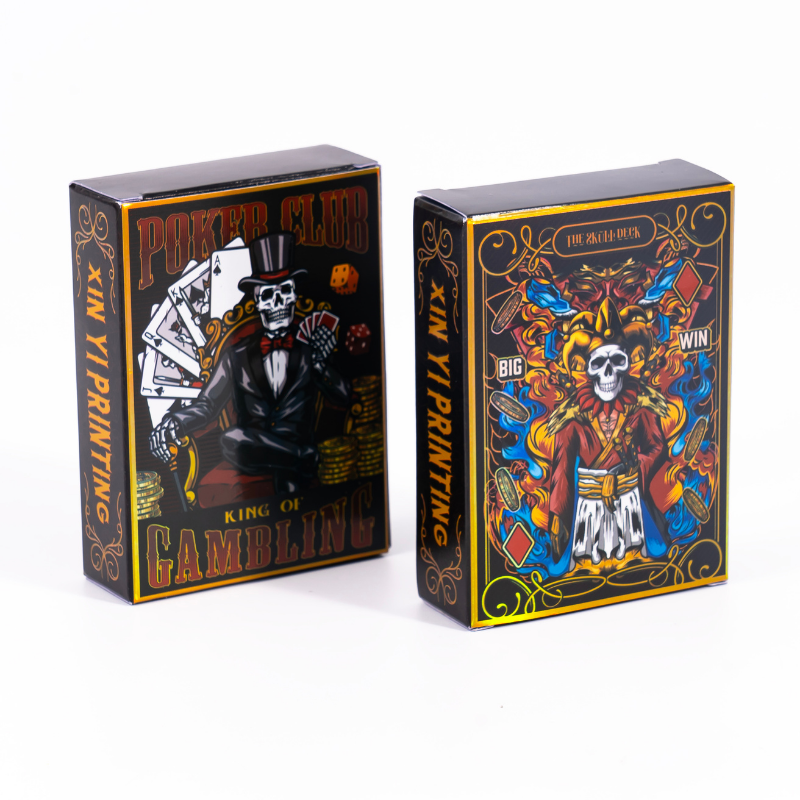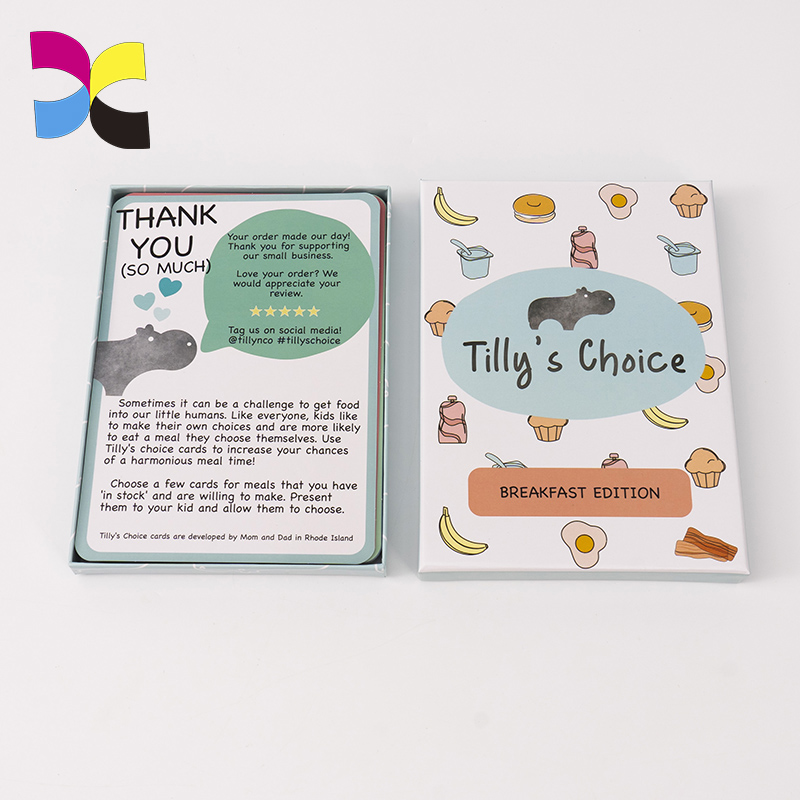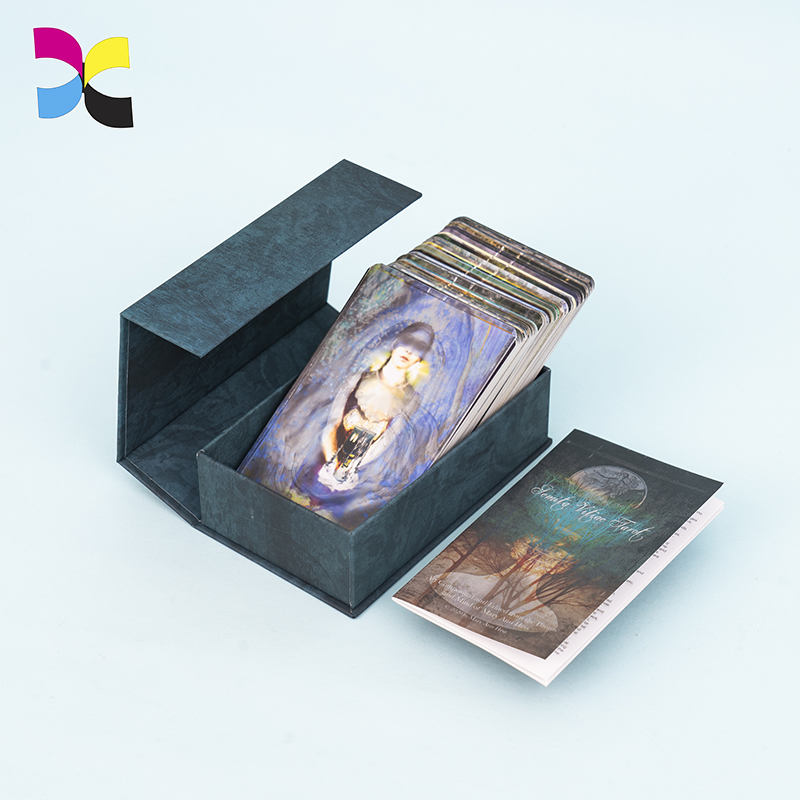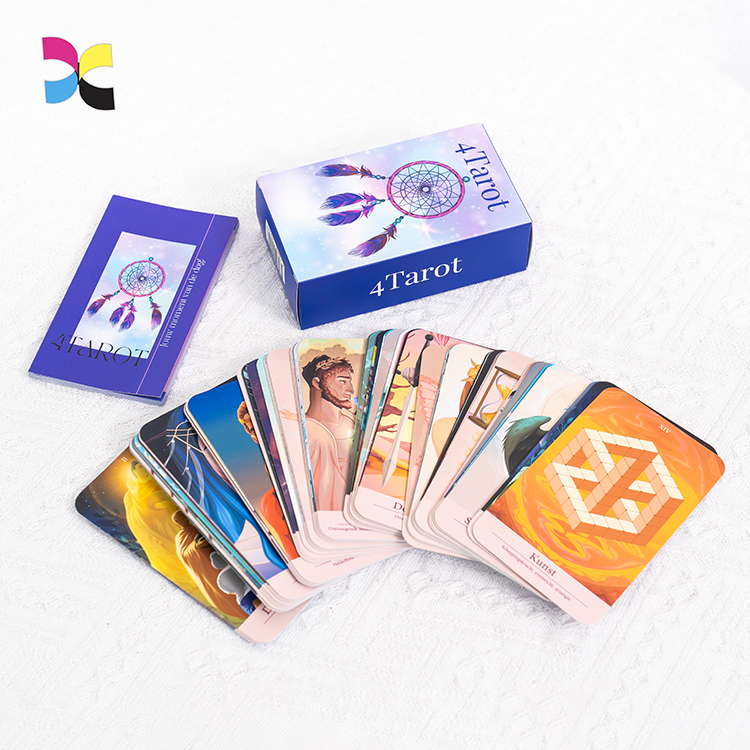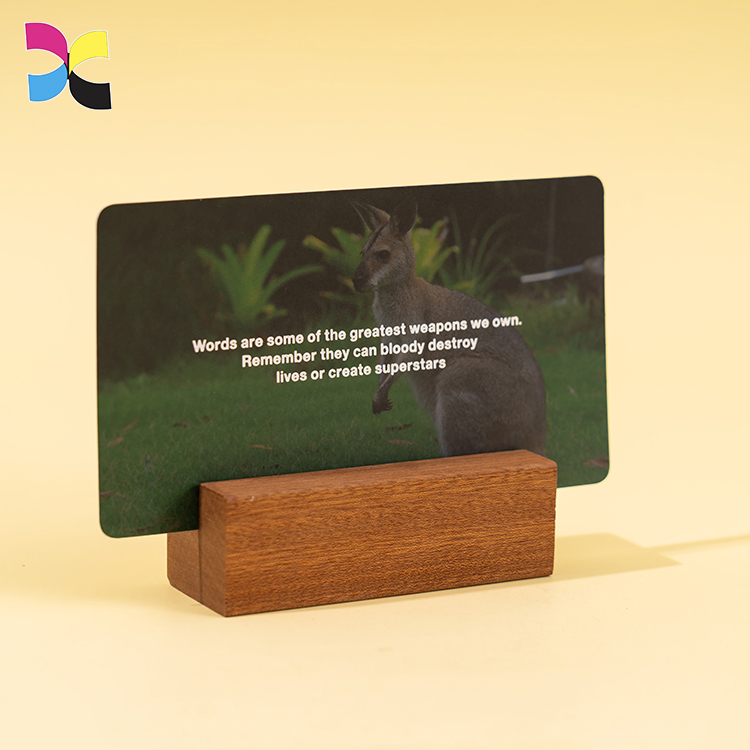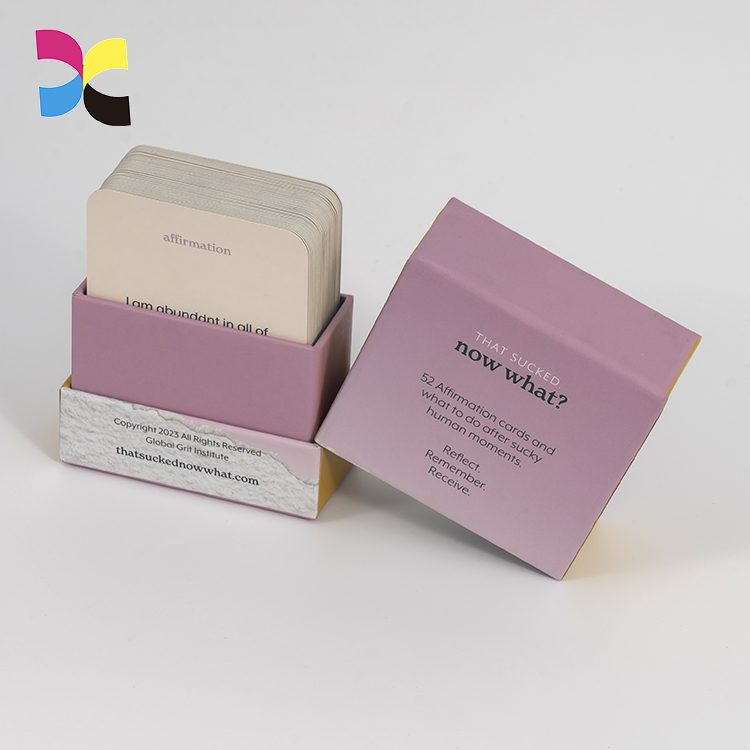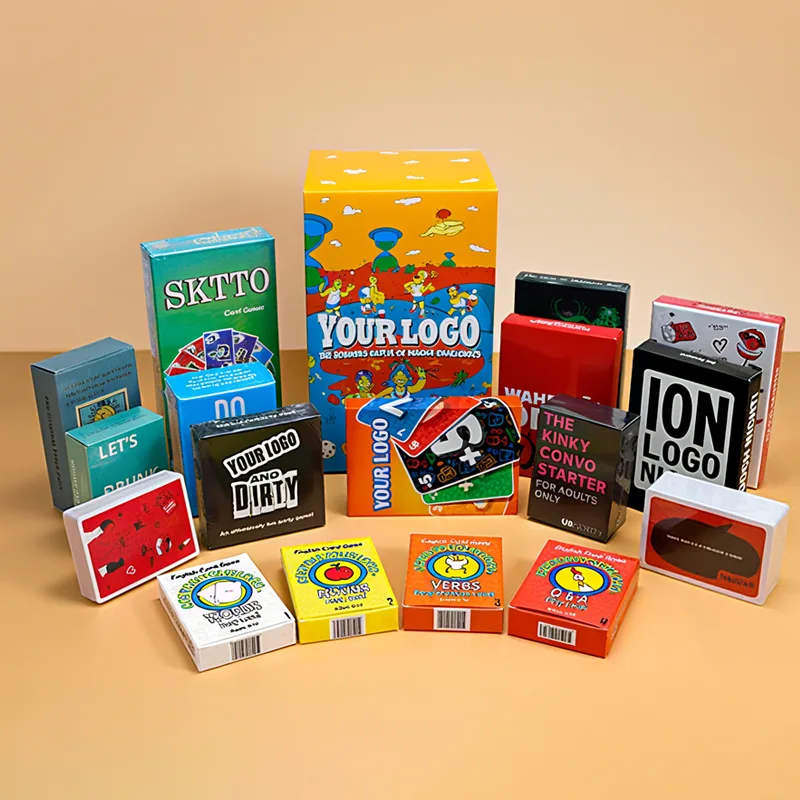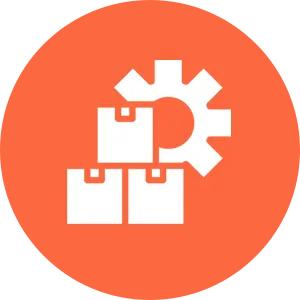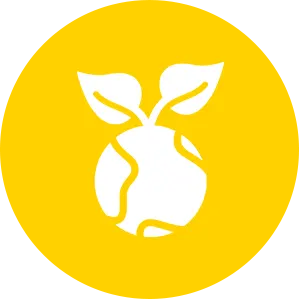카드 인쇄의 경우, 올바른 방법을 선택하면 품질이 크게 달라질 수 있습니다., 비용, 생산 속도. 인쇄 산업에서 가장 널리 사용되는 두 가지 기술은 오프셋 인쇄와 디지털 인쇄입니다.. 두 가지 방법 모두 매우 효과적이지만, 그들은 서로 다른 목적을 가지고 있으며 다양한 유형의 프로젝트에 적합합니다.. 이 기사에서, 각 방법이 어떻게 작동하는지 살펴보겠습니다., 그들의 장점과 단점, 주요 차이점. 결국, 귀하의 맞춤형 카드 프로젝트에 어떤 인쇄 방법이 이상적인지 명확하게 이해할 수 있습니다..
오프셋 인쇄란 무엇이며 어떻게 작동합니까??
오프셋 인쇄, 리소그래피라고도 불림, 상업용 인쇄에 널리 사용되는 전통적인 인쇄 방법입니다.. 주요 원리는 유성 잉크와 물 사이의 자연적인 반발력에 의존합니다.. 공정은 금속판으로 시작됩니다., 일반적으로 알루미늄으로 만들어짐, 인쇄할 이미지가 에칭된 것입니다.. 접시는 잉크와 물로 코팅되어 있습니다.. 잉크가 이미지 영역에만 부착됩니다., 반면 비이미지 영역은 물을 끌어당깁니다., 잉크가 달라붙는 것을 방지하기 위해.
접시가 준비되면, 이미지가 고무 담요로 옮겨집니다.. 이 담요는 잉크를 인쇄 표면에 눌러줍니다., 종이나 카드지와 같은. 이러한 간접 전송을 통해 잉크가 균일하게 분포되고 인쇄판의 마모가 줄어듭니다.. 오프셋 프레스는 고속으로 작동하고 정밀한 생산이 가능합니다., 대용량에 걸쳐 일관된 인쇄.
디지털 인쇄란 무엇이며 어떻게 작동합니까??
디지털 인쇄는 판을 사용하지 않고 컴퓨터 파일의 디지털 이미지를 기판에 직접 전송하는 현대 인쇄 기술입니다.. 기존 방식과는 다르게, 전자 데이터와 고급 인쇄 헤드에 의존합니다., 잉크젯이나 레이저 메커니즘과 같은, 잉크나 토너를 필요한 곳에 정확하게 바르다.
잉크젯 디지털 인쇄에서, 작은 노즐이 미세한 잉크 방울을 종이에 분사합니다., 이미지를 레이어별로 쌓기. 레이저 디지털 인쇄, 반면에, 레이저를 사용하여 드럼에 정전기 이미지를 생성합니다.. 토너 입자는 충전된 영역으로 끌어당겨지고 열과 압력을 사용하여 용지에 융합됩니다..
오프셋 인쇄의 장점과 단점
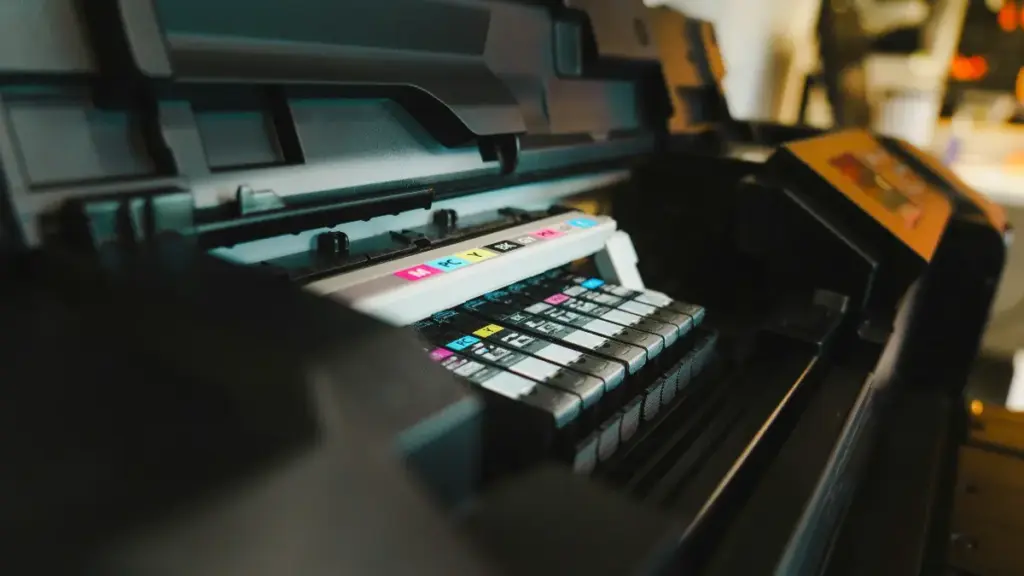
오프셋 인쇄는 품질과 신뢰성 면에서 오랫동안 명성을 이어왔습니다.. 주요 장점과 단점은 다음과 같습니다.:
프로:
- 고품질: 날카로운 생산, 부드러운 그라데이션과 뛰어난 색상 정확도를 갖춘 상세한 이미지.
- 폭넓은 용지 호환성: 다양한 재료로 작업합니다, 질감이 있고 무거운 카드지 포함.
- 대규모 실행에 비용 효율적: 양이 늘어나면서, 단위당 비용이 크게 감소합니다..
- 특수 색상 지원: PMS 색상을 정확하게 재현 가능, 일관된 브랜딩 보장.
- CMYK 풀 컬러 인쇄: 오프셋 인쇄는 정확한 CMYK를 지원합니다. (청록색, 마젠타, 노란색, 검은색) 색상 분리, 상세한 풀 컬러 이미지와 복잡한 디자인에 이상적입니다..
단점:
- 높은 설치 비용: 플레이트 및 프레스 준비로 인해 초기 비용이 추가됩니다..
- 더 긴 처리 시간: 설정 및 교정은 디지털 인쇄보다 시간이 더 걸립니다..
- 제한된 유연성: 설계 변경에는 새로운 플레이트가 필요합니다., 비용이 많이 들 수 있는 것.
- 단기 실행에는 적합하지 않음: 소량은 설치 비용으로 인해 경제적이지 않습니다..
디지털 인쇄의 장점과 단점
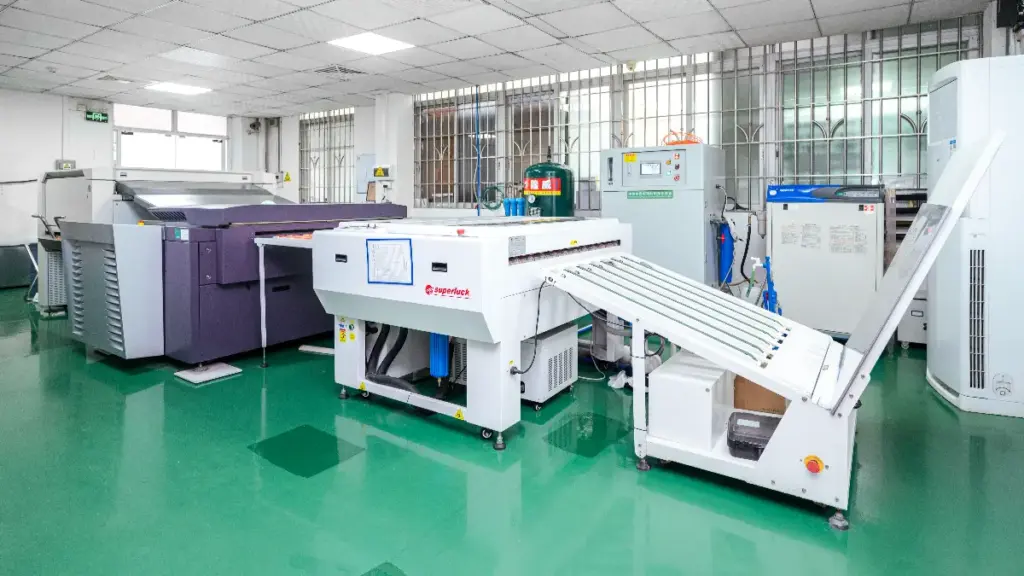
디지털 인쇄는 비교할 수 없는 유연성을 제공합니다., 현대적인 카드 인쇄 프로젝트에 널리 사용되는 선택입니다.. 여기에 분석이 있습니다.:
프로:
- 빠른 설정: 접시는 필요하지 않습니다, 인쇄가 거의 즉시 시작될 수 있습니다..
- 낮은 최소 주문량: 소규모 배치 또는 단일 카드 프로젝트에 적합.
- 가변 데이터 인쇄: 추가 비용 없이 각 카드를 맞춤 설정할 수 있습니다..
- 일관된 풀 컬러 출력: 복잡한 지원, 풀 컬러 디자인을 효율적으로.
단점:
- 용지 제한: 일반적으로 중간 무게의 카드지에서 최고의 성능을 발휘합니다. (200-350GSM).
- 색상 일치 제한: PMS 또는 별색 정밀도가 제한됩니다..
- 약간의 품질 차이: 배치 간에 사소한 변형이 나타날 수 있습니다..
- 대규모 실행을 위한 더 높은 단위당 비용: 수천 장의 카드에 대해, 오프셋 인쇄가 더 경제적일 수 있습니다..
오프셋 인쇄와 디지털 인쇄의 차이점은 무엇입니까?
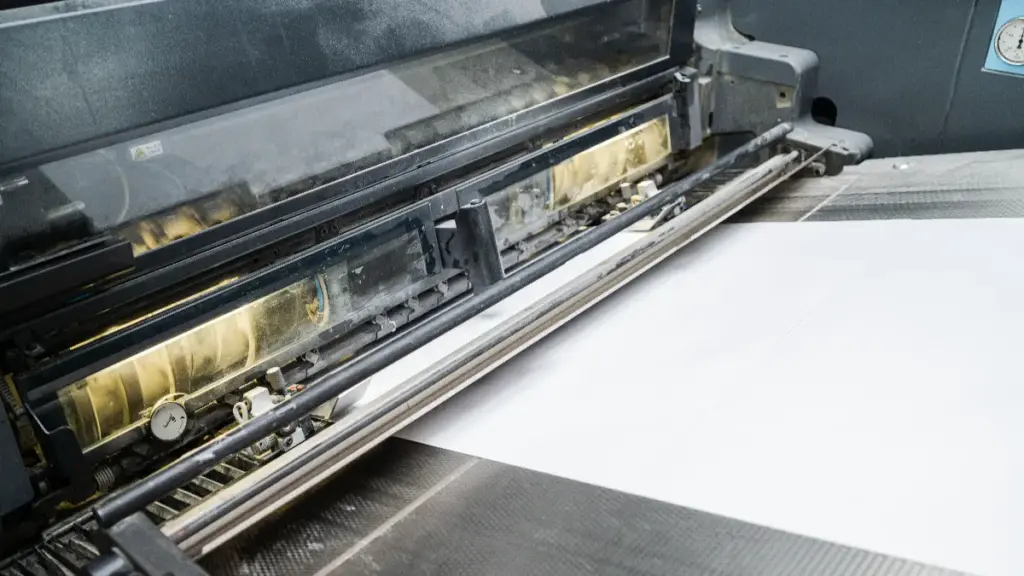
올바른 접근 방식을 선택하려면 이 두 가지 방법의 차이점을 이해하는 것이 필수적입니다.. 자세한 비교는 이렇습니다:
| 특징 | 오프셋 인쇄 | 디지털 인쇄 |
| 설정 | 금속판이 필요합니다, 더 긴 설정 시간 | 접시 없음, 최소 설정 시간 |
| 다음에 가장 적합 | 대용량, 일관된 색상 | 단거리 달리기, 맞춤형 콘텐츠 |
| 단위당 비용 | 볼륨이 높을수록 감소 | 안정적인, 대규모 실행의 경우 약간 더 높음 |
| 색상 정확도 | 훌륭한, PMS 색상 지원 | 좋은, 그러나 별색으로 제한됩니다. |
| 용지 범위 | 넓은, 무겁고 질감이 있는 용지 포함 | 중간에서 무거운 재고, 매우 두꺼운 재료에 대한 일부 제한 사항 |
| 가변 데이터 | 실용적이지 않음 | 완벽하게 지원됨 |
| 처리 시간 | 더 길게 | 더 짧게 |
| 응용 | 고급 명함, 보드 게임 카드, 카드 놀이, 프리미엄 인사말 카드, 고품질 카드 데크, 브로셔 | 맞춤형 카드, 플래시카드, 한정판 프로모션 데크, 맞춤형 포인트 카드, 소규모 배치 인쇄 |
요컨대, 오프셋 인쇄는 품질이 좋을 때 이상적입니다., 용량, 정확한 색상 일치가 가장 중요합니다.. 속도가 빠르면 디지털 인쇄가 바람직합니다., 유연성, 그리고 맞춤화가 우선입니다. 많은 전문 카드 제조업체, 우리를 포함해서 신이 인쇄, 프로젝트 세부 사항에 따라 방법을 선택하십시오., 최적의 결과를 위해 두 기술을 결합하는 경우가 많습니다..
인쇄의 미래: 하이브리드 솔루션 및 산업 동향
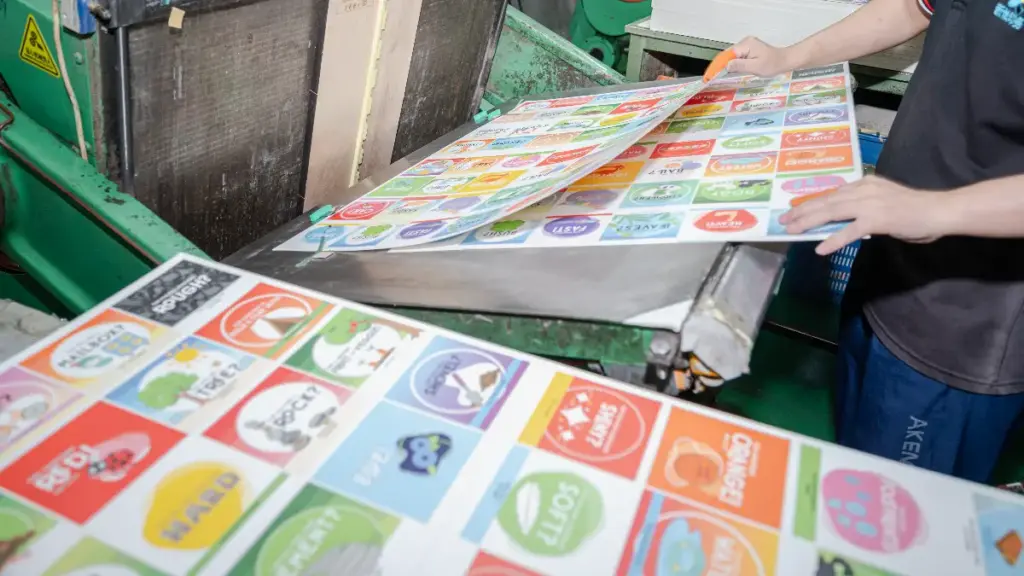
인쇄산업은 계속 발전하고 있다, 오프셋 인쇄와 디지털 인쇄의 장점을 결합. 주요 개발 내용은 다음과 같습니다.:
- 하이브리드 솔루션: 일부 인쇄기는 이제 디지털 모듈을 기존 오프셋 작업 흐름과 통합합니다., 고품질 출력을 유지하면서 소규모 맞춤형 실행 가능. 이를 통해 제조업체는 프리미엄 품질을 저하시키지 않으면서 더 낮은 최소 주문을 제공할 수 있습니다..
- 지속 가능성: 많은 프린터들이 친환경 잉크와 재활용 가능한 카드지를 채택하고 있습니다.. 예를 들어, 콩기름 잉크로 휘발성 유기 화합물 감소 (VOC), 그리고 FSC 인증 카드지는 환경적으로 책임 있는 소싱을 보장합니다.. 환경을 고려한 관행이 주요 판매 포인트가 되고 있습니다., 특히 유럽과 북미에서는.
- 기술 발전: 디지털 프레스는 이제 최대 해상도에 도달합니다. 1,200 dpi 이상, 배치 전반에 걸쳐 일관된 출력을 보장하는 고급 색상 관리 소프트웨어 사용. 오프셋 인쇄기는 인라인 코팅 및 건조 시스템을 통해 속도도 향상하고 있습니다..
당사의 전문 인쇄 솔루션으로 귀하의 카드를 향상시키십시오
설립년 1998, 신이 인쇄 고품질 카드 및 포장재 생산 분야에서 신뢰받는 전문가가 되었습니다.. 맞춤형 카드를 전문적으로 취급하고 있습니다., 책 인쇄, 전 세계 고객을 위한 프리미엄 패키징 솔루션. 우리 시설에는 하이델베르그 6색 인쇄기와 고모리 4색 인쇄기가 설치되어 있습니다., 고정밀도 가능, 탁월한 일관성을 갖춘 대용량 인쇄.
맞춤형 카드에 생기를 불어넣을 준비가 되었습니다? 무료 견적 요청 오늘 당사의 전문 인쇄 솔루션으로 귀하의 프로젝트를 향상시키십시오..

